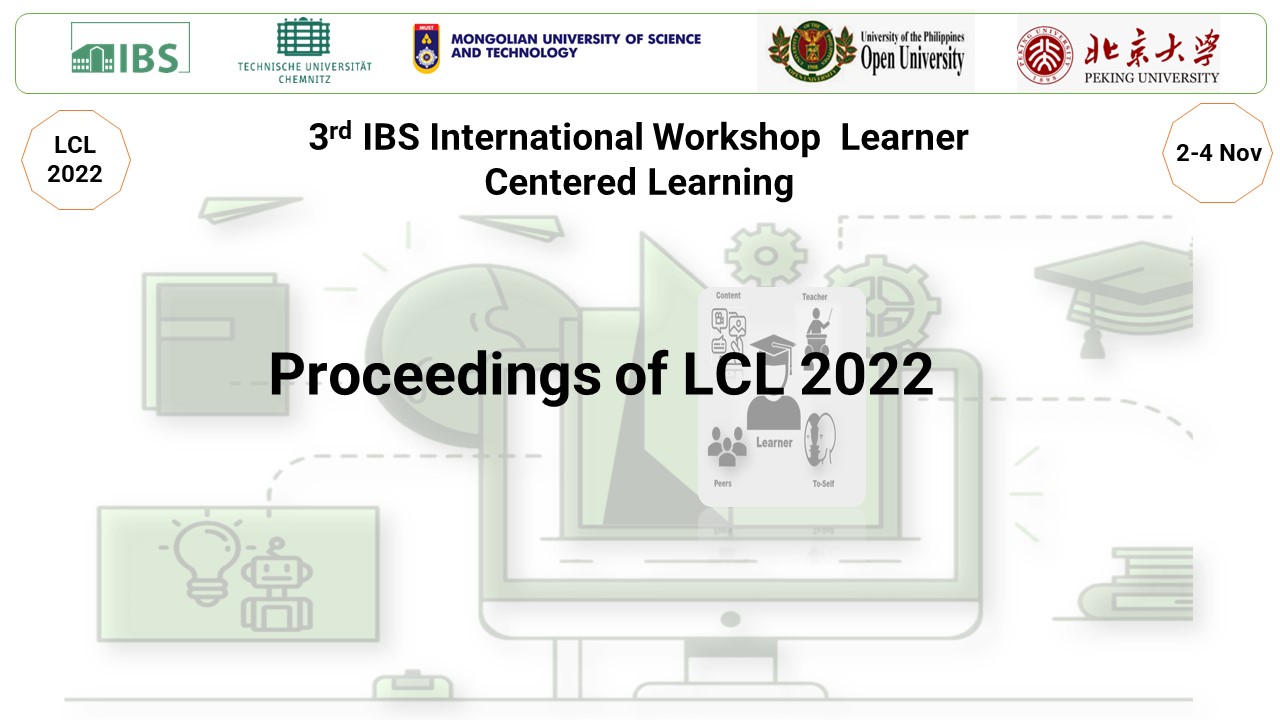Using Talent Management to Train and Develop Employees in the Mining Industry
DOI:
https://doi.org/10.14464/ess.v9i4.582Abstract
The business environment is rapidly changing and in order to create a competitive advantage in the market, organizations are facing the problems of attracting highly skilled employees, hiring and training the right people for specialized jobs, and effectively managing the talent pool and succession pool. In the 21st century, when advanced technologies such as artificial intelligence, big data, robots, and automation are exploding in the labor market, some jobs are disappearing and new careers are being created, organizations need to prepare employees for these changes. Therefore, by studying the experiences of foreign and domestic organizations that implement talent management in conjunction with learning and development in large organizations of the Mining industry in Mongolia, the goal was to study the importance of retaining and engaging employees with special skills, properly evaluating and developing their capabilities, and the possibility of productive work. In the report, "9 grid boxes for talent management and identifying talented employees", CIPD (Chartered Institute of Personnel and Development) Professional Map, Professional Standards V2.4 skills mirror, "Skill matrix" model (2020), Mercer CED (Cullen Egan Dell), skill matrix job-functional analysis, DACUM, SCID, ISO TS 30428:2021 Skills and capability metrics, ISO DIS 30422:2021 Learning and Development, Competency standards, etc, it is concluded that Learning and development of employees with special skills should be implemented effectively in accordance with the business characteristics of each organization and the position, diversity, and generation characteristics of the employees.

Downloads
Published
Issue
Section
License
Copyright (c) 2022 Narantsatsral Yura, Ayush Andryei

This work is licensed under a Creative Commons Attribution 4.0 International License.
Copyright for articles published in this journal is retained by the authors. The content is published under a Creative Commons Licence Attribution 4.0 International (CC BY 4.0). This permits use, distribution, and reproduction in any medium, provided the original work is properly cited, and is otherwise in compliance with the licence.


